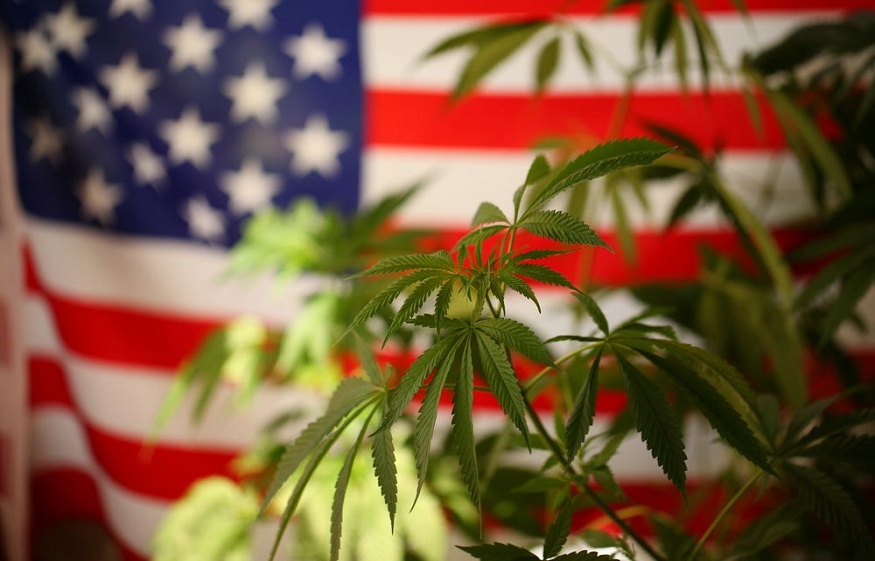Is Medical Cannabis Legal in All 50 States? Think Before You Answer

America’s relationship with cannabis has changed a lot over the last three decades. What was once seen largely as a gateway drug and a menace to society has become a medical and recreational product used openly by millions. But stop and ask yourself something: with so much of the country now more accepting of medical cannabis, is it legal in all 50 states? Think before you answer.
Strange as it sounds, there is no single answer to be had. Legality, at least in this case, is not black-and-white. The three scenarios described below prove as much. How one defines both legality and medical cannabis makes all the difference in the world.
Scenario #1: FDA-Approved Drugs (yes)
If your definition of medical cannabis includes cannabis-derived drugs approved by the FDA, then you would have to conclude that medical cannabis is legal in all 50 states. To date, there is one cannabis-derived drug on the market. It is known as Epidiolex. It is prescribed as a treatment for two of the most severe forms of epilepsy.
In addition to Epidiolex, the FDA has also approved three synthetic cannabis drugs: Marinol, Syndros, and Cesamet. They are prescribed to treat things like cancer-related nausea and pain, neuropathic pain, and conditions that cause a serious loss of appetite. To date though, the FDA has not approved the marijuana plant or THC as a medicine.
Scenario #2: States Without Medical Cannabis Programs (no)
If your definition of legal medical cannabis relies exclusively on state laws and their interpretation of legality, then medical cannabis is not legal in all 50 states. Only 38 states and the District of Columbia allowed medical cannabis at the time of this writing. A few other states were working on legalization plans.
Utah is one of the states with an active medical cannabis program in place. The state does not allow recreational use, according to Utah dispensary Beehive Farmacy. All patients wishing to use cannabis must obtain a state-issued medical cannabis card after visiting with a medical provider who confirms the patient’s diagnosis and recommends cannabis as the best available treatment.
As for the remaining 12 states, it is probably only a matter of time before they are brought online. It’s hard to imagine any state still practicing medical cannabis prohibition a decade from now. Even five years from now seems like a stretch.
Scenario #3: Legalization Is Really Decriminalization (no)
This final scenario involves what is a thorny issue for medical cannabis advocates: the difference between legalization and decriminalization. Distinguishing between the two may not be important as far as the media and medical cannabis advocates are concerned, but it is particularly important under the law.
Legalization of a substance removes all prohibitions against producing, distributing, possessing, and using that substance. On the other hand, decriminalization only eliminates the penalties for such actions. It does not eliminate prohibition. Such is the case with marijuana.
Medical cannabis is essentially marijuana and marijuana-derived products packaged and sold for medical applications. The law still prohibits production, distribution, possession, and consumption. Here’s the thing: states cannot legalize what federal law considers illegal.
All the states have really done is decriminalize medical cannabis. Some have gone so far as to decriminalize recreational marijuana. But either way, they have not legalized it. They do not have the constitutional authority to do so. So if you accept the difference between decriminalization and legalization, medical cannabis is actually illegal in all 50 states.
And you thought the answer was a no-brainer.







